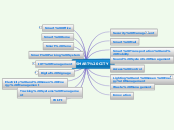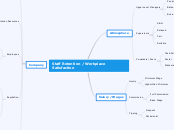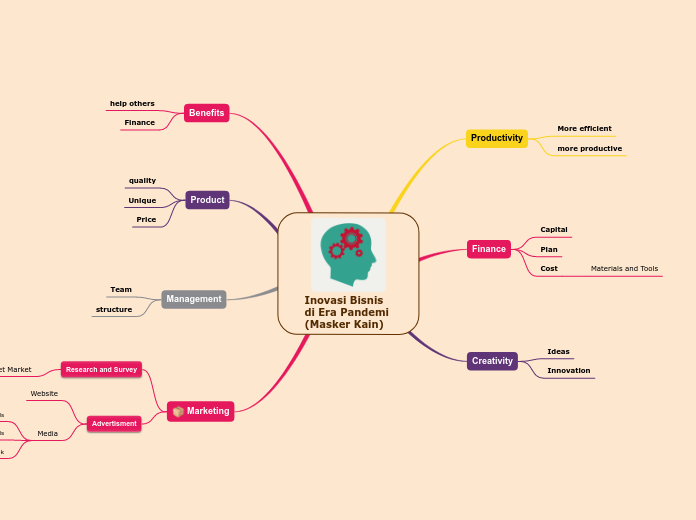da Dr.Mahmoud Ragab mancano 10 anni
523
Me
Juvenile Idiopathic Arthritis is a condition that affects children, marked by joint pain, swelling, and stiffness, particularly in larger joints like the knee. Symptoms often appear as limping, clumsiness, and general discomfort, especially after periods of inactivity.









